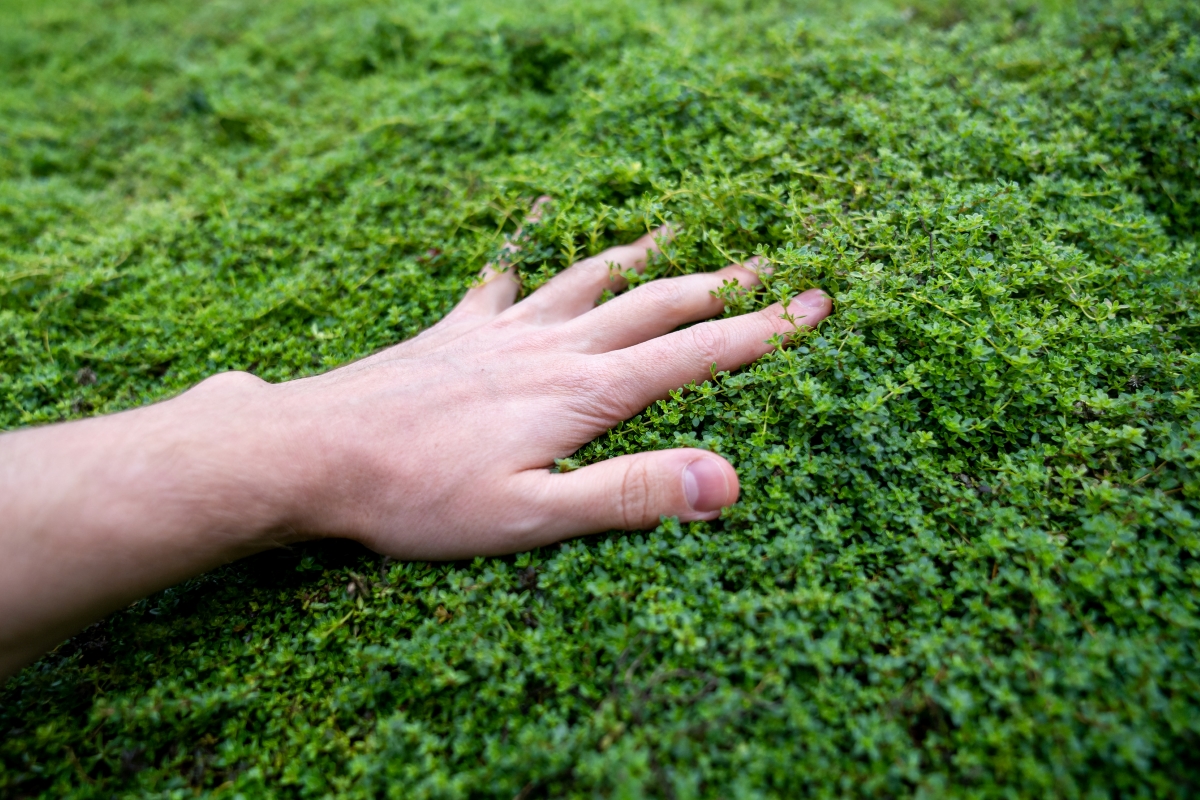We may earn revenue from the products available on this page and participate in affiliate programs. Learn More ›
Foodscaping incorporates food, or edible plants, into a yard or garden. Foodscape gardens inspire us to think outside the box and find new opportunities to use edible crops that also look as good as ornamental shrubs and flowers.
When most gardeners imagine a foodscape garden, they envision tall edibles, like berry bushes, sunflowers, and sorghum, integrated into flower beds and landscape designs. But dedicated foodscapers can get even more food out of their gardens by cultivating edible ground cover plants as low-maintenance grass alternatives, cover crops, or living mulches in vegetable or flower beds.
Edible ground covers can be harvested for tasty leaves, fruit, or flowers, plus they can help block weeds, insulate the soil, and create a complex and attractive garden design. Candy Eaton of Age-Friendly Sullivan, a community organization and garden in Sullivan, Maine, recommends using ground cover herbs to add extra charm and attract pollinators to gardens.
“Our beds are bursting at the seams with the beautiful flowers and scent of oregano,” says Eaton. “And new herbs pop up in the beds each spring,” she adds. Eaton also grows thyme, mint, and edible ground cover flowers like nasturtiums and violets to attract bees and butterflies and “add aroma and flavor to summertime beverages [and] interest to flatbreads and pizzas.”
If you’re interested in adding ground-covering plants to your foodscape, landscape, vegetable garden, or flower garden, you’ll find some of the best edible ground covers for shade or sun below.
1. Creeping Thyme (Thymus serpyllum)
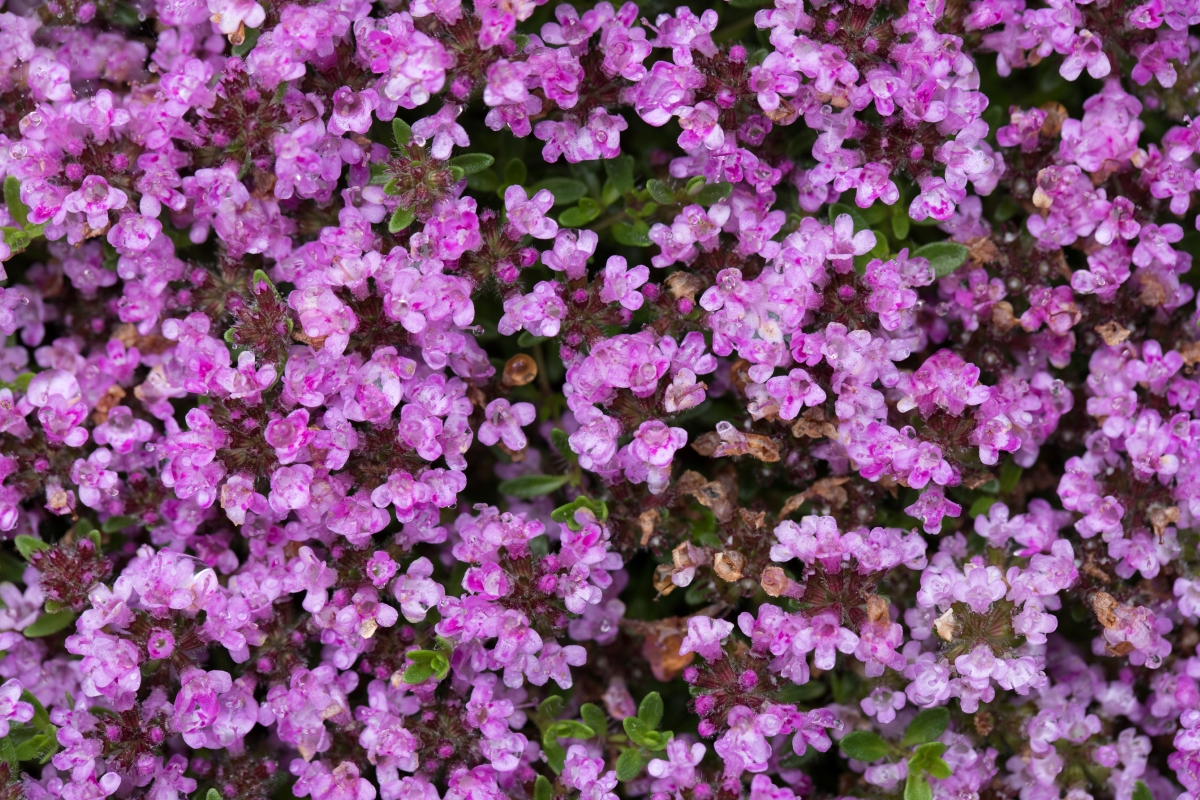
A shorter, spreading alternative to common thyme, creeping thyme ground cover plants grow to about 3 inches tall. Although its leaves and pink flowers are edible, their flavor is not as consistent as common thyme (T. vulgaris), grown for culinary purposes, and a slightly shrubbier ground cover option in beds. The flowers of both types are highly attractive to bees and other pollinators. These plants can be used in garden beds, but they can also be planted en masse to create a colorful creeping thyme lawn.
Best For: Dry gardens, rock gardens, garden walkways, alternative lawns, pollinator gardens
Hardiness Zones: Perennial in Zones 4 to 9 (5 to 9 for common thyme)
2. Wild Strawberries (Fragaria vesca)
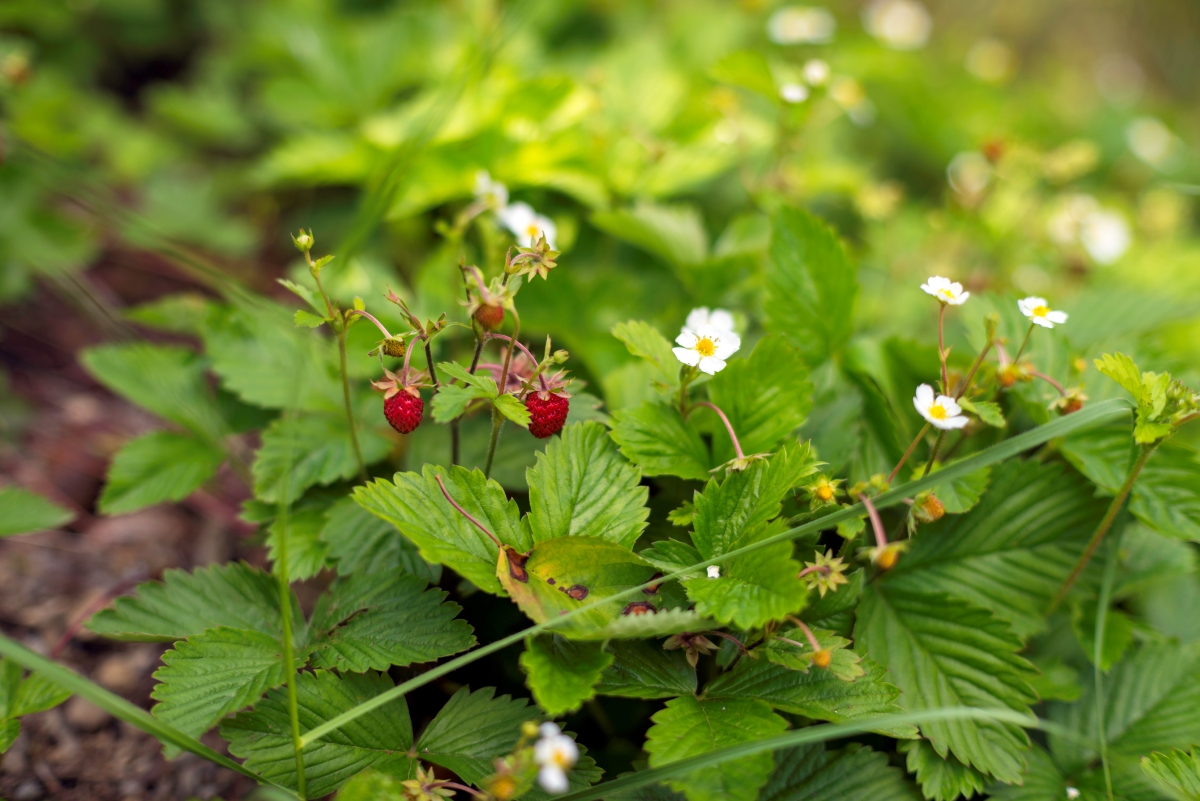
Also known as alpine strawberries, wild strawberries have smaller berries than their cultivated cousins, but the berries they produce are plenty tasty. Eat wild strawberries right off the plant or use them to make jams, jellies, and desserts.
Best For: Garden borders, edible gardens
Hardiness Zones: Perennial in Zones 5 to 9
3. Creeping Oregano (Origanum vulgare ‘Humile’)
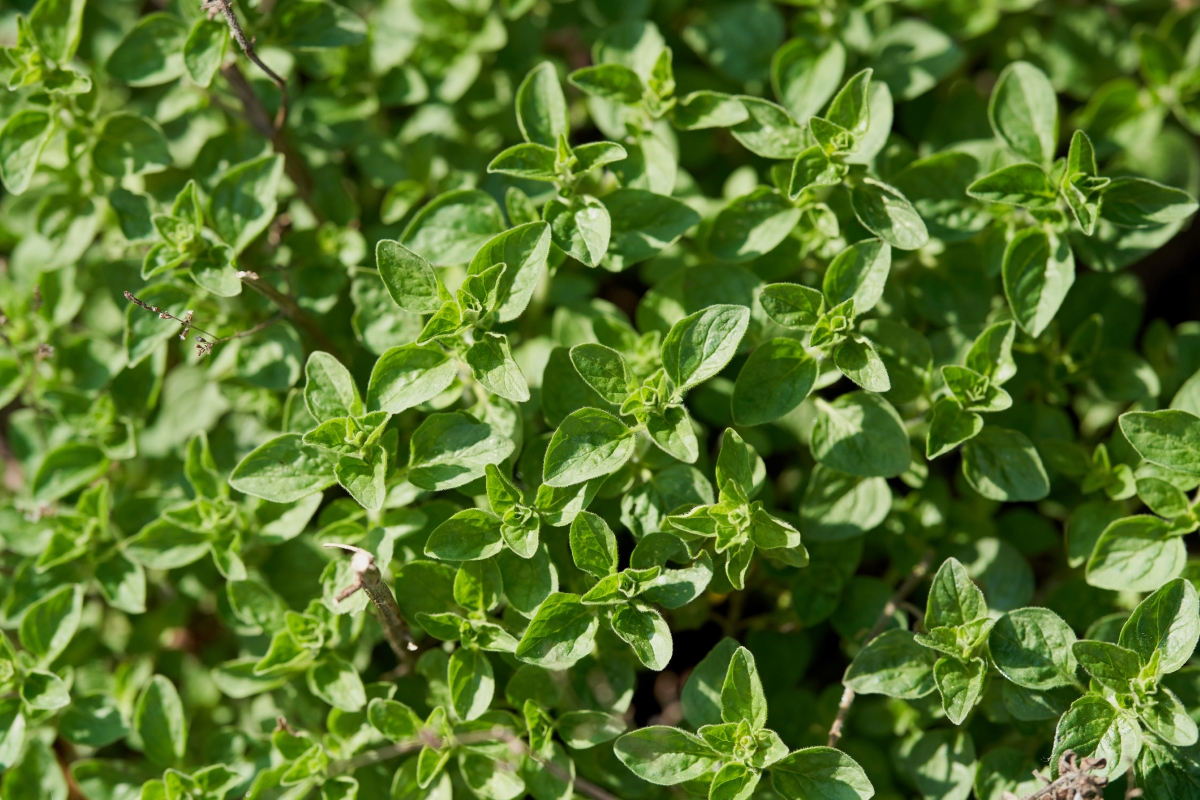
Like creeping thyme, creeping oregano is a shorter version of standard oregano and it usually maxes out at around 4 to 6 inches tall. This deer-resistant plant thrives in full sun and well-draining soil and its edible leaves and flowers can be used as culinary herbs or garnishes.
Best For: Dry gardens, rock gardens, garden walkways, pollinator gardens
Hardiness Zones: Perennial in Zones 6 to 11
4. Trailing Nasturtiums (Tropaeolum majus)
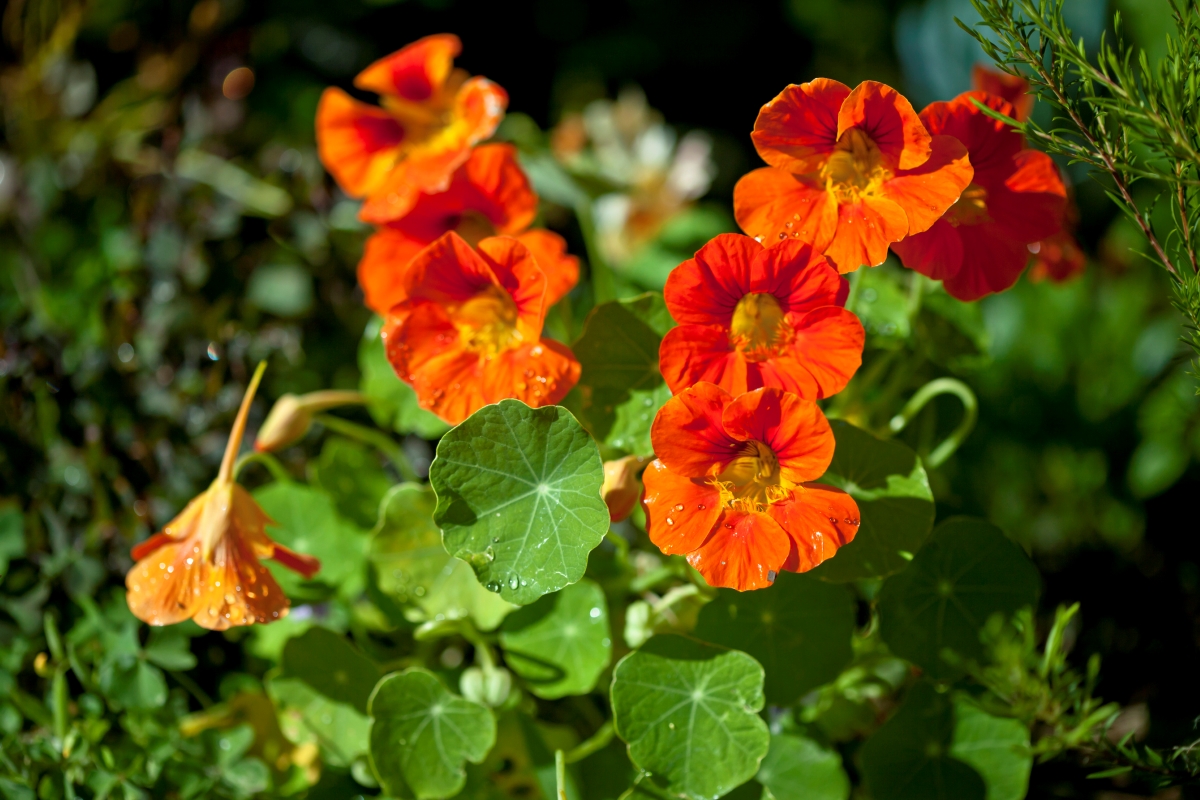
Nasturtium is such a fast-growing ground cover that you can start nasturtium ground cover seedlings indoors or directly sow seeds outside in spring. Harvest the peppery leaves of the generally 1-foot long stems for salads, use the trumpet-shaped flowers as fantastically colorful salad toppers, or leave nasturtium flowers on the plants to attract hummingbirds.
Best For: Vegetable gardens, garden borders, pollinator gardens
Hardiness Zones: Annual in Zones 2 to 8, perennial in Zones 9 to 11
5. Wintergreen (Gaultheria procumbens)
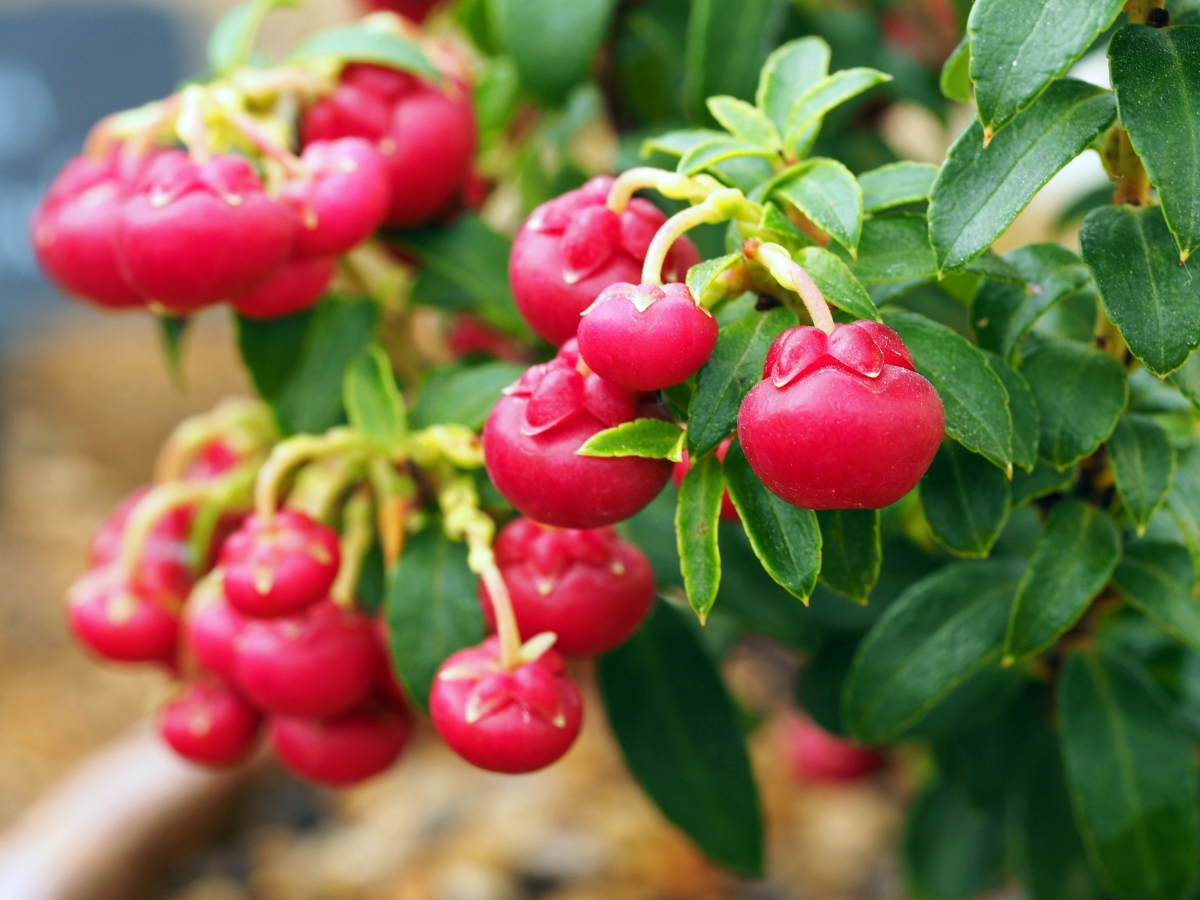
If you’re looking for a shade ground cover, wintergreen is one of your best options. The evergreen ground cover tolerates low-light areas. Plus, its edible leaves and red berries have a delicate, minty flavor that has traditionally been used to flavor teaberry ice cream. The plant grows to no more than 8 inches tall and birds love the wintergreen berries too.
Best For: Shade gardens, woodland gardens, acidic soils
Hardiness Zones: Perennial in Zones 3 to 8
6. Mint (Mentha spp.)
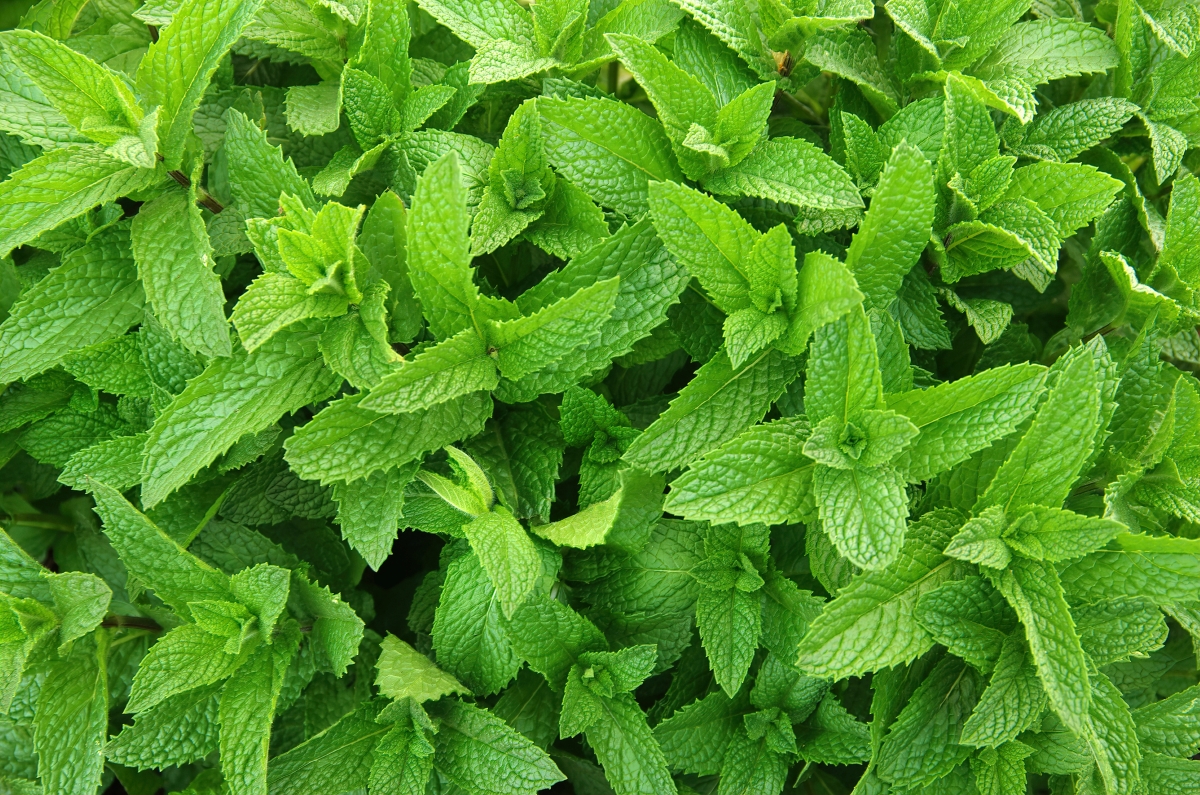
Mint plants are notorious for their sometimes annoyingly rapid, spreading growth. Yet that fast growth rate comes in handy when mint is used as a weed-suppressing ground cover. Just keep in mind that most edible mint plants get a bit taller than some other ground covers (up to a foot or more).
If height is an issue, M. requienii, also called Corsican mint, grows to only an inch tall, but its flavor can be less consistent. Peppermint and spearmint are the most popular mint varieties in home gardens, but you can use other plants in the mint family as ground covers, including lemon balm.
Best For: Pollinator gardens, garden borders
Hardiness Zones: Perennial in Zones 6 to 10
7. Lowbush Blueberries (Vaccinium angustifolium)
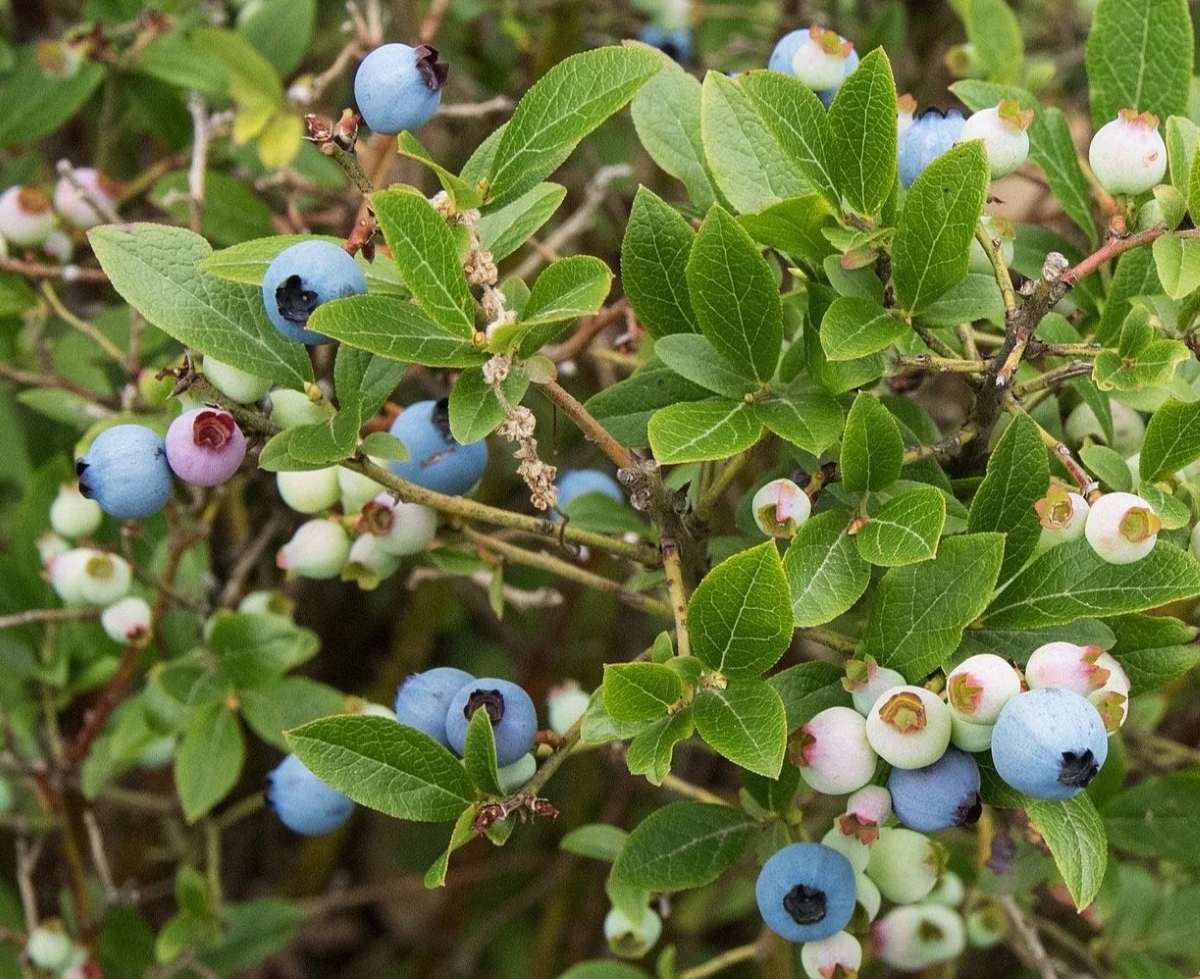
There are several types of blueberries, but lowbush blueberries make the best ground covers. These ground-hugging plants grow to at least 6 inches tall, and they’ll dazzle with their bell-shaped, white flowers and big harvests of berries. Most pollinators love blueberry flowers, but they’re especially attractive to bumblebees.
Best For: Flower beds, garden borders, pollinator gardens, acidic soils
Hardiness Zones: Perennial in Zones 2 to 7
8. Common Blue Violet (Viola sororia)

Many people dismiss violets as “weeds,” but these pretty North American natives have lots of benefits. Beyond their edible leaves and flowers, common blue violets can handle foot traffic and they serve as host plants for various species of native butterflies. With their many varieties and widespread range, they are favorites of foragers.
Best For: Alternative lawns, pollinator gardens
Hardiness Zones: Perennial in Zones 3 to 7
